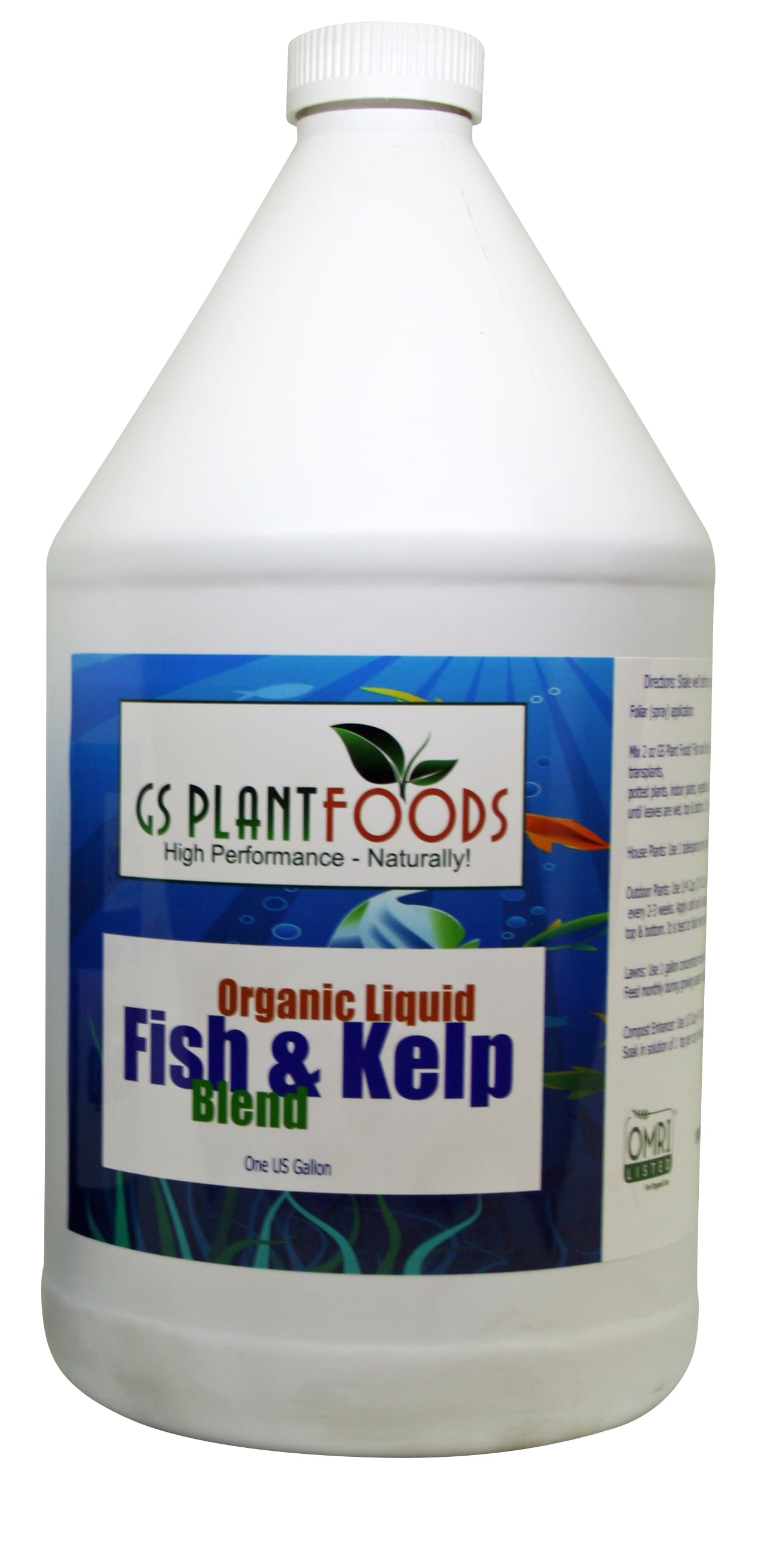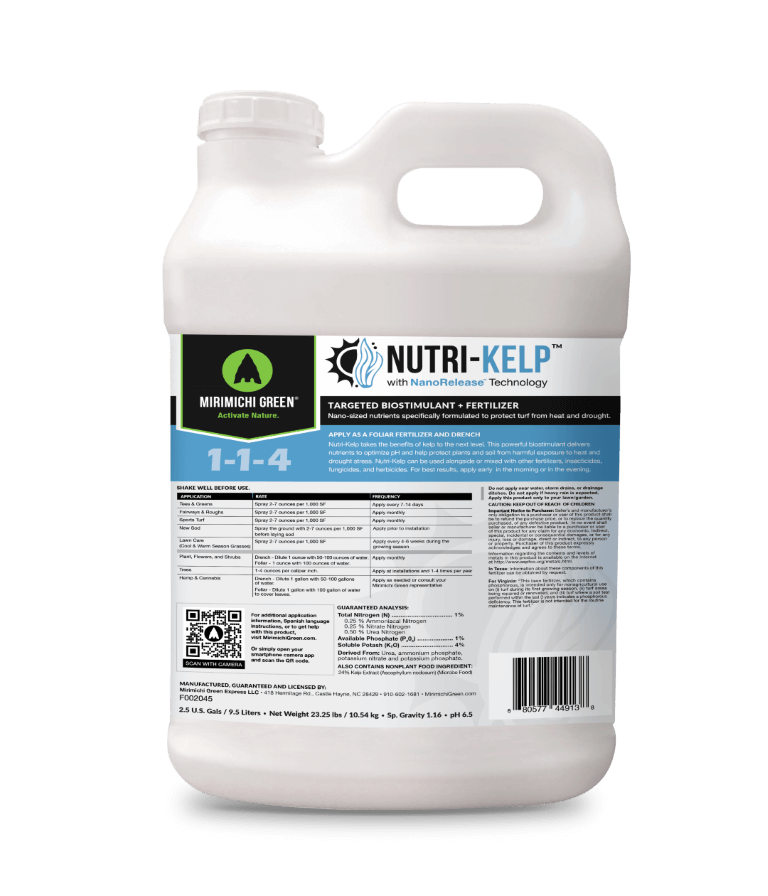Kelp Fertilizer: The
Kelp Fertilizer: The Natural Way to Boost Your Plant Growth
Kelp is a type of seaweed that grows in cold, nutrient-rich waters. It is a rich source of vitamins, minerals, and amino acids, and it has been used for centuries as a natural fertilizer. Kelp fertilizer can be used to improve the health and growth of a wide variety of plants, including vegetables, flowers, trees, and shrubs.
In this blog post, we will discuss the benefits of kelp fertilizer, how to use it, and where to find it.
Benefits of Kelp Fertilizer
Kelp fertilizer offers a number of benefits for plants, including:
- Improved growth and yield: Kelp fertilizer can help plants grow faster and produce larger yields.
- Increased resistance to stress: Kelp fertilizer can help plants resist stress from drought, pests, and diseases.
- Enhanced nutrient uptake: Kelp fertilizer can help plants absorb nutrients more efficiently.
- Improved soil health: Kelp fertilizer can help improve the overall health of the soil by adding organic matter and nutrients.
- Environmentally friendly: Kelp fertilizer is a natural product that is biodegradable and environmentally friendly.
How to Use Kelp Fertilizer
Kelp fertilizer can be used in a variety of ways, including:
- Soil drench: Kelp fertilizer can be diluted in water and applied to the soil around plants.
- Foliar spray: Kelp fertilizer can be mixed with water and sprayed directly onto plant leaves.
- Seed soak: Kelp fertilizer can be added to water and used to soak seeds before planting.
- Compost: Kelp fertilizer can be added to compost piles to help improve the nutrient content of the compost.
How to Find Kelp Fertilizer
Kelp fertilizer is available at most garden centers and online retailers. When choosing a kelp fertilizer, look for a product that is organic and that contains a high concentration of seaweed extract.
Conclusion
Kelp fertilizer is a natural, effective, and environmentally friendly way to boost the growth and health of your plants. If you are looking for a way to improve the health of your garden, kelp fertilizer is a great option to consider.
Kelp fertilizer is a natural and sustainable way to boost the growth and health of your plants. It is made from seaweed, which is a rich source of nutrients that plants need to thrive. Kelp fertilizer can help to improve soil quality, increase flower production, and make your plants more resistant to pests and diseases.
If you are interested in learning more about kelp fertilizer, I encourage you to visit Home Gardening. This website has a wealth of information about the benefits of kelp fertilizer, as well as tips on how to use it effectively.
FAQ of kelp fertilizer
- What is kelp fertilizer?
Kelp fertilizer is a natural, organic fertilizer made from seaweed. It is a good source of micronutrients, such as potassium, magnesium, and calcium, which are essential for plant health. Kelp fertilizer can also help to improve soil health by increasing the water-holding capacity of the soil and by stimulating the growth of beneficial soil microbes.
- How does kelp fertilizer work?
Kelp fertilizer works by providing plants with the nutrients they need to grow healthy and strong. The micronutrients in kelp fertilizer help to improve plant photosynthesis, which leads to increased growth and yield. Kelp fertilizer can also help to improve plant resistance to pests and diseases.
- What are the benefits of using kelp fertilizer?
There are many benefits to using kelp fertilizer, including:
* It is a natural, organic fertilizer.
* It is a good source of micronutrients.
* It can help to improve soil health.
* It can help to increase plant growth and yield.
* It can help to improve plant resistance to pests and diseases.
- How to use kelp fertilizer?
Kelp fertilizer can be used in a variety of ways, including:
* Spreading it around the base of plants.
* Mixing it into the soil.
* Adding it to compost.
* Diluting it with water and spraying it on plants.
The best way to use kelp fertilizer will vary depending on the type of plant you are fertilizing and the condition of your soil. It is always a good idea to read the product label carefully before using any fertilizer.
- Is kelp fertilizer safe to use?
Kelp fertilizer is generally considered to be safe to use. However, it is important to note that it may contain trace amounts of heavy metals. If you are concerned about the safety of kelp fertilizer, you may want to choose a product that has been certified organic.
- What are the different types of kelp fertilizer?
There are two main types of kelp fertilizer: liquid kelp fertilizer and kelp meal. Liquid kelp fertilizer is a concentrated solution that is diluted with water before use. Kelp meal is a dry, granular fertilizer that can be spread around the base of plants or mixed into the soil.
- How often should I use kelp fertilizer?
The frequency with which you use kelp fertilizer will depend on the type of plant you are fertilizing and the condition of your soil. In general, you should fertilize with kelp fertilizer once a month during the growing season.
Image of kelp fertilizer
- A bag of kelp fertilizer. The bag is made of brown paper and has a white label with the words "Kelp Fertilizer" printed on it. There is a picture of a kelp plant on the label.
- A scoop of kelp fertilizer being added to a pot of soil. The soil is dark brown and the kelp fertilizer is a light brown color. The scoop is made of plastic and has a long handle.

- A plant that has been fertilized with kelp fertilizer. The plant is green and healthy. The leaves are large and there are many flowers.

- A close-up of the leaves of a plant that has been fertilized with kelp fertilizer. The leaves are a deep green color and they are covered in small, white dots.

- A laboratory test tube filled with a clear liquid. The liquid is a kelp fertilizer extract. There is a small plant growing in the test tube.

- A field of crops that have been fertilized with kelp fertilizer. The crops are green and healthy. The corn stalks are tall and the tomatoes are red and ripe.

- A farmer spreading kelp fertilizer on a field. The farmer is wearing a hat and a long-sleeved shirt. He is using a tractor to spread the fertilizer.

- A bag of kelp fertilizer being sold in a store. The bag is on a shelf in the gardening section of the store. There are other types of fertilizer on the shelf.

- A website that sells kelp fertilizer. The website has a picture of a kelp plant and a description of the benefits of kelp fertilizer. There is a button to add the fertilizer to your cart.

- A customer review of kelp fertilizer. The customer says that they have been using kelp fertilizer for their plants and they have noticed a big difference in the health of their plants. They recommend kelp fertilizer to other gardeners.

Post a Comment for "Kelp Fertilizer: The"